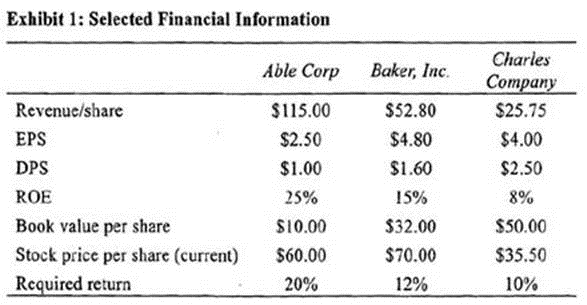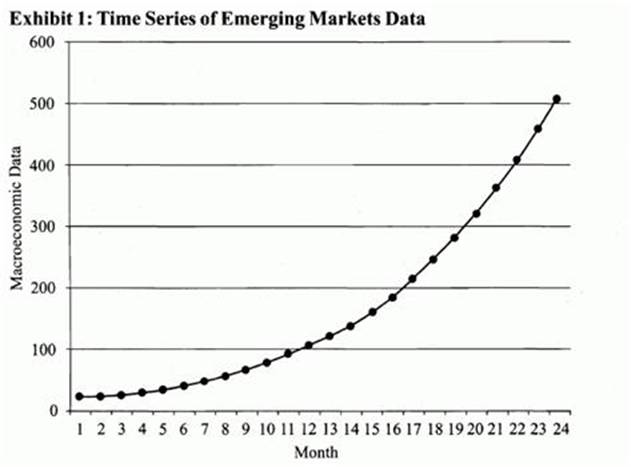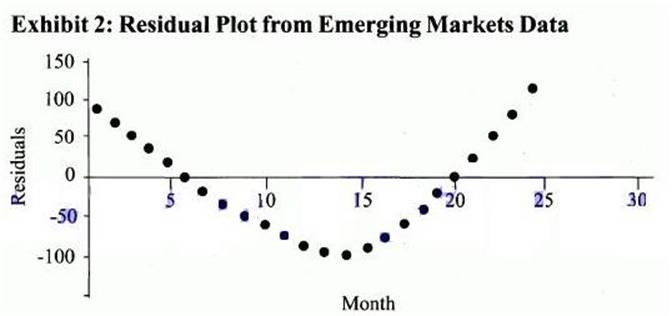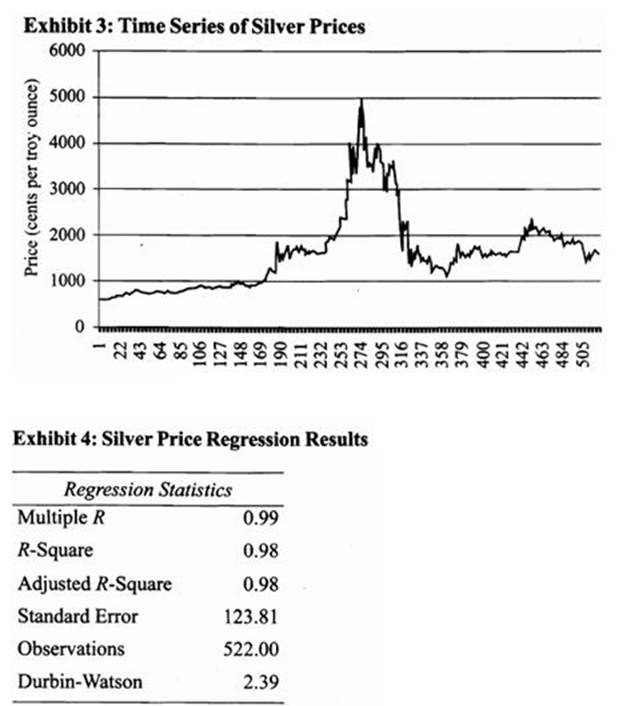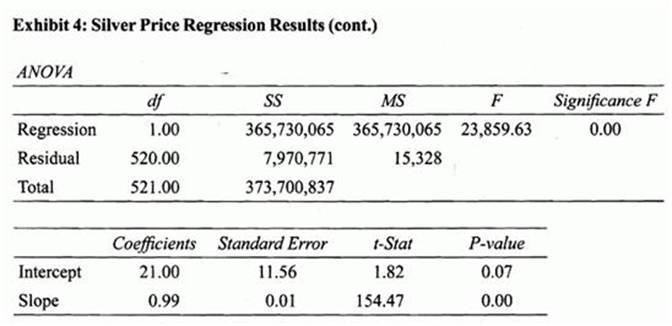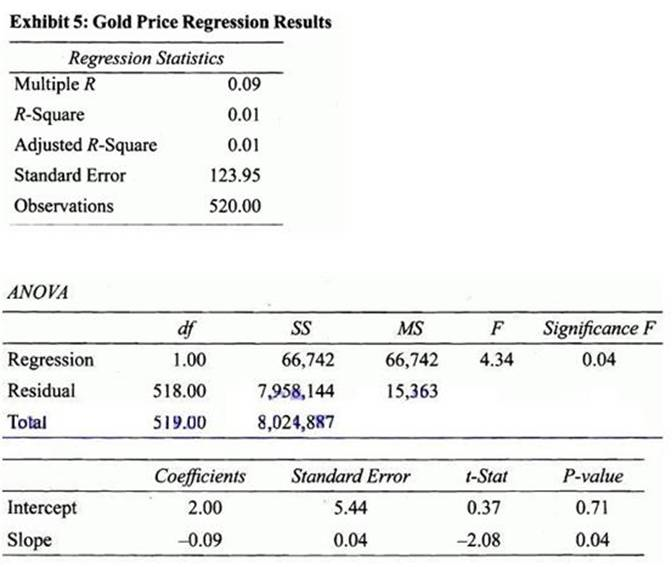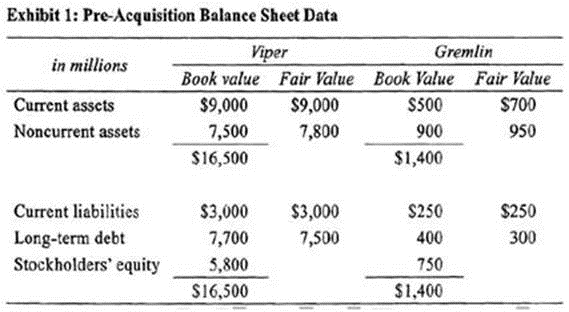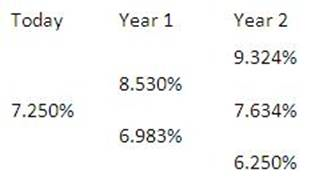William Rogers, a fixed-income portfolio manager, needs to eliminate a large cash position in his portfolio. He would like to purchase some corporate bonds. Two bonds that he is evaluating are shown in Exhibit I. These two bonds are from the same issuer, and the current call price for the callable bond is 100. Assume that the issuer will call if the bond price exceeds the call price.
Rogers is also concerned about increases in interest rates and is considering the purchase of a putable bond. He ants to determine how assumed increases or decreases in interest rate volatility affect the value of the straight bonds and bonds with embedded options. After Rogers performs some analysis, he and his supervisor, Sigourney Walters, discuss the relative price movement between the two bonds in Exhibit 1 when interest rates change significantly
During the discussions, Rogers makes the following statements:
Statement 1: If the volatility of interest rates decreases, the value of the callable bond will increase.
Statement 2: The noncallable bond will not be affected by a change in the volatility or level of interest rates.
Statement 3: When interest rates decrease, the value of the noncallable bond increases by more than the callable bond.
Statement4: If the volatility of interest rates increases, the value of the putable bond will increase.
Walters mentors Rogers on bond concepts and then asks him to consider the pricing of a third bond. The third bond has five years to maturity, a 6% annual coupon, and pays interest semiannually. The bond is both callable and putable at 100 at any time. Walters indicates that the holders of the bond's embedded options will exercise if the option is in-the-money.
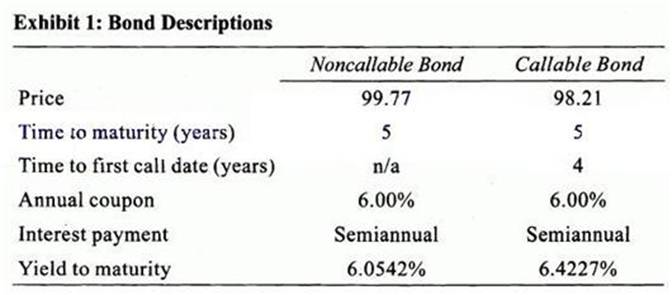
Rogers obtained the prices shown in Exhibit b using software that generates an interest rate lattice. He uses his software to generate the interest rate lattice shown in Exhibit 2.
Exhibit 2: Interest Rate Lattice (Annualized Interest Rates)
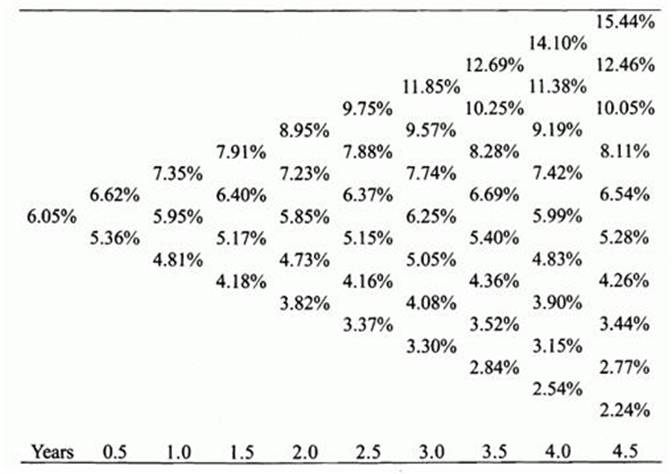
Using the information in the question and the following relevant portion of the interest rate and pricing trees, Rogers calculates the value of the callable bond at node B.
Corresponding portion of the interest rate tree:
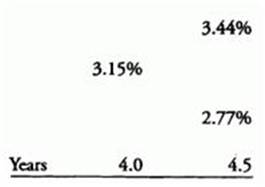
Corresponding portion of the callable bond price tree:
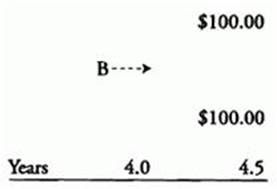
The price of the callable bond at node B is closest to:
Show Answer
Hide Answer
Correct Answer:
A
The correct value is 100.00. The computed value of the callable bond at node A is obtained as follows:

However, when working with a callable bond, you have to remember that the value of the bond at any node is the lesser of (1) the bonds computed value or (2) the call price. So, we have:

In this case, since the computed value (101.4) is greater than the call price (100), the nodal value is $100. (Study Session 14, LOS 54.d)


